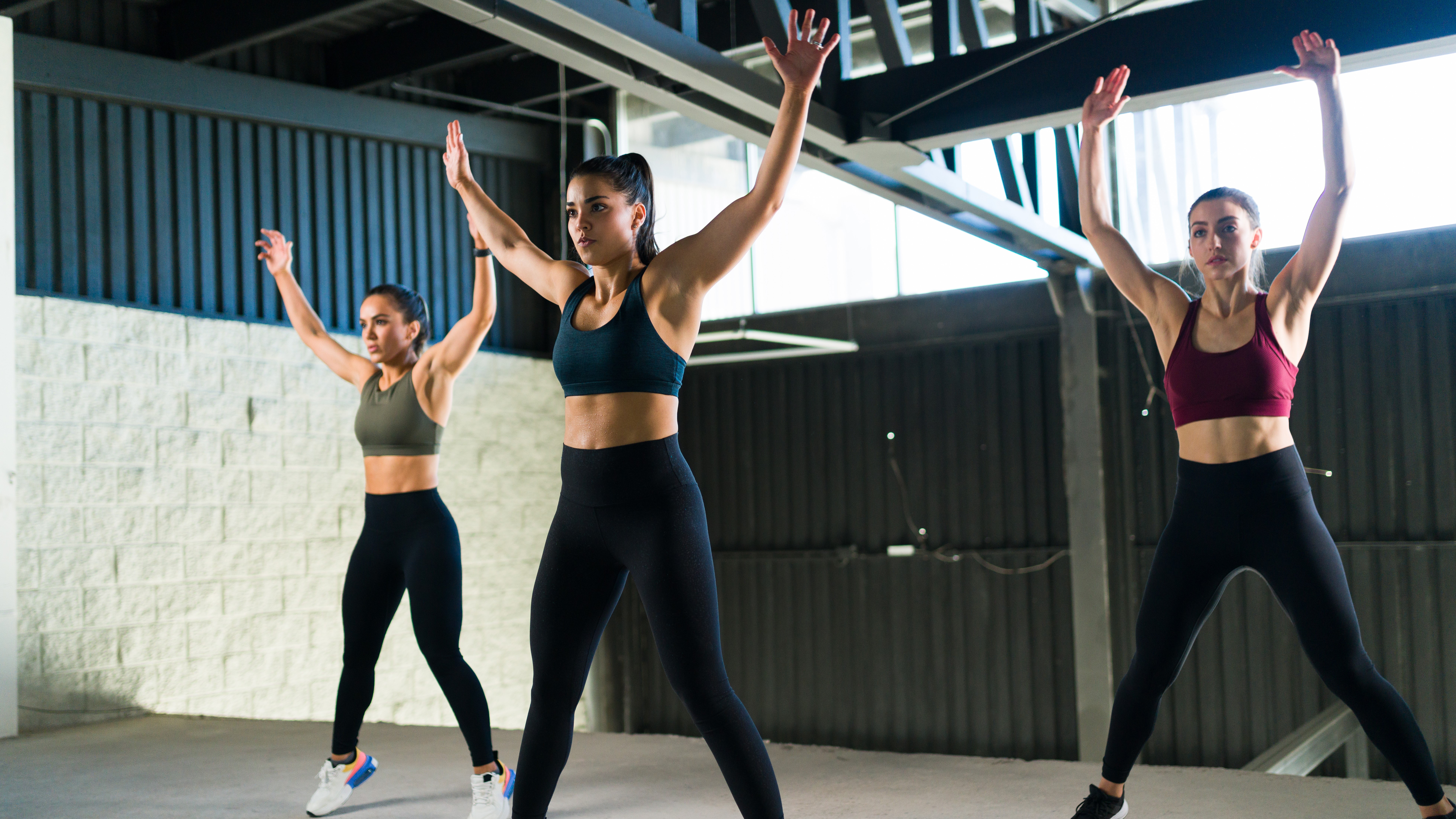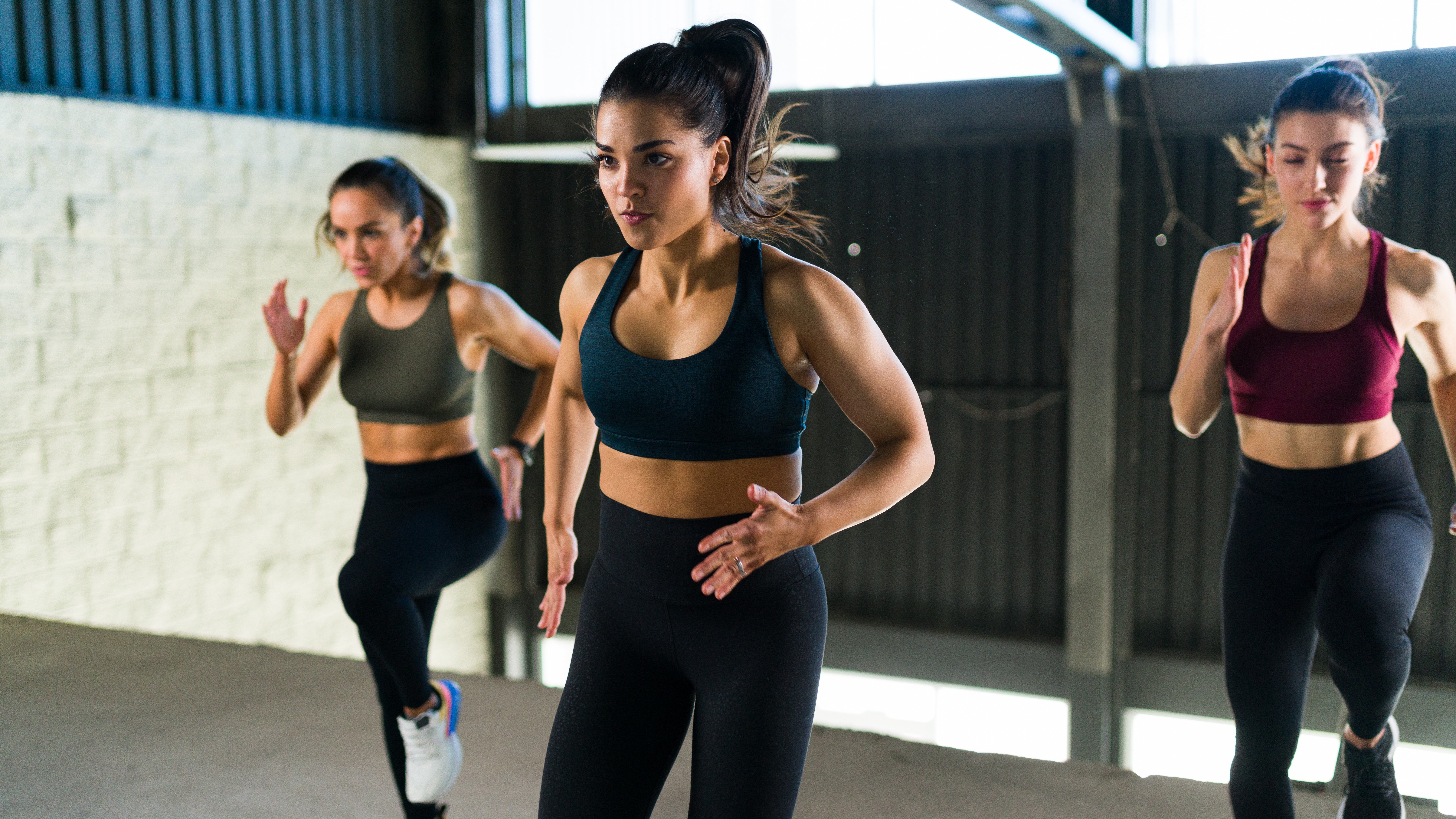The beginner's guide to HIIT: how to start high-intensity interval training
How to begin this effective and time-efficient form of exercise

Fitness includes a lot of terms that make literally no sense to people outside of that sphere. One of the more prevalent of these is HIIT, or High-Intensity Interval Training. Of all the styles of training, HIIT is one that's absolutely becoming more and more popular because of not just its effectiveness, but because of its efficiency too.
We live in a world where stealing a moment to yourself feels like a victory, and doing so with any frequency becomes harder and harder as you get older. HIIT offers an excellent solution to trying to squeeze in a quick workout by allowing you to do so, just so long as you don't mind ruining yourself for half an hour or so.
What is HIIT?
High-intensity interval training is a form of training that relies on strict timing. It can technically be used for weight training, but is most commonly used for cardio-based exercises. It's hugely popular in exercise classes, and if you pay attention to any of them, you'll notice parts of its ethos in there somewhere.
The aim of HIIT is to make sure your pulse is fairly consistently high. When doing more long-form cardio, lets say running, your pulse and breathing all adapt to the load you're placing on yourself, which is why the first couple of minutes of a run are often the worst for many people. With HIIT, the aim is to replicate those first few minutes for an entire workout.
This is done by alternating between intervals of high-intensity exercise, and periods of rest., There are a lot of different timing variations within this style of training, but they all come from the same place. It's a genuinely tough style of training, but the benefits of it are impossible to ignore.

What are the benefits of HIIT?
The main benefits of HIIT are that you can get an hour's worth of effect from twenty minutes of exercise. As it's mostly used for cardio, it means that you'll be doing this if you're aiming to keep your heart and lungs healthy, and often if you're trying to trim down a bit, or just generally improve your endurance.
It's also excellent for those who don't have much time, due to the streamlined nature of the training style. It's also meant to be especially good for those aiming to lose weight due to the intensity of the exercise and its effects on the body. There is also at least one study that suggests that it specifically helps burn fat, and can even lead to better cognitive functioning, which is quite an impressive string of claims.
Sign up for breaking news, reviews, opinion, top tech deals, and more.
While there are plenty of potential programs out there, it's good to start with one that's simple, short, and brutally effective. So, it's time to talk about a specific type of HIIT training known as Tabata training.
A HIIT program for beginners
Tabata training is a version of HIIT that has you exercising at maximum intensity for 20 seconds, followed by a 10-second break. You repeat this for four minutes, and that's your cycle. To get even more out of it though, you can add on extra cycles, and we're going to do just that. Our program consists of five four-minute cycles, meaning only five exercises to remember. The exercises for this particular program are these:
Star jumps - Start with your hands by your sides and your legs together. As you jump your legs out to a wide stance, let your arms move up to clap above your head, keeping them on the same axis. Then jump your feet back in and move your arms back down by your side. You can up the intensity by simply upping the pace.
High knees - With your feet shoulder-width apart, simply raise one knee as high as you can get it in front of you, while keeping your lower leg below that point. Then repeat on the other side. Your pace should be as if you’re jogging. You can make this harder by either upping the pace, or trying to get your knees higher. Just be wary of overstretching your hamstrings.
Floor runs - Get on the floor with your hands below your shoulders and your feet extended as though doing a push up. Make sure your body is in line with itself, and that your bum isn’t in the air. From here, bring one leg up to your chest, then the other, as though you were running. Make sure you’ve got good footing for this one, and focus on keeping your core tight as you do it.
Sprinting on the spot - This is just as it sounds: run on the spot as fast as you can. Make sure you’re focusing on bringing your legs up and not slamming them down into the ground, and try to keep your knees and ankles soft to take pressure off of them.
Burpees - Start from standing. Jump up as high as you can and put your hands above your head as though you’re trying to touch the sky. Then drop down and touch the floor with your arms shoulder width apart, then jump your legs back into a press up position. From here, jump your legs forwards again, stand up, and begin the motion again. This one’s meant to feel a bit like you’re being punished, and we’re sorry.
Now, we know that all of that sounds fairly horrible, and it kind of is, but it's also good for you, and each one only lasts for twenty seconds eight times, so it's really not that bad. The key thing with this training is to make sure you actually stick to all of the timings, as hard as that can be. Your maximum output at the beginning of the session is going to be a lot higher than your maximum effort at the end of the session, and that's okay.
As you're going to be busy sweating and swearing at us for this program, we recommend downloading a timer app of some sort to make sure it tells you when you should start and stop exercising. Other than that, all you need is to make sure you're doing it on a floor that's not too hard, maybe a mat of some sort or some grass, and that you have a good drink of water, because you'll need it. Repeat this routine every other day or so until you start adjusting, then you can start doing it two days on, one day off, and even begin to pick other exercises as you see fit.

Jason is a qualified personal trainer who now writes for a living across fitness, tech, and gaming. He does most of his workouts at home with a focus on weight lifting and martial arts, and is also constantly figuring out ways of exercising that somehow keep his daughter entertained at the same time.